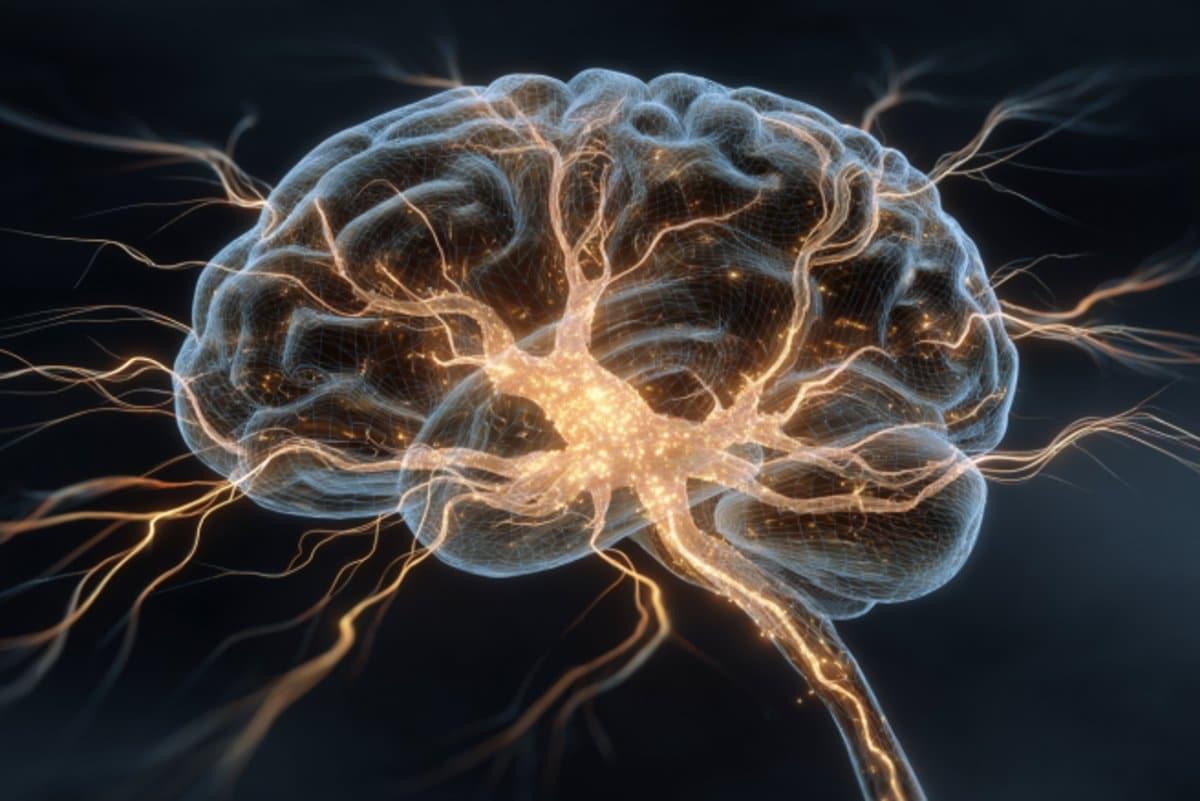New research shows that psilocybin, the active compound in psychedelic mushrooms, can reduce both chronic pain and pain-related depression by modulating brain circuits rather than acting at the site of injury.
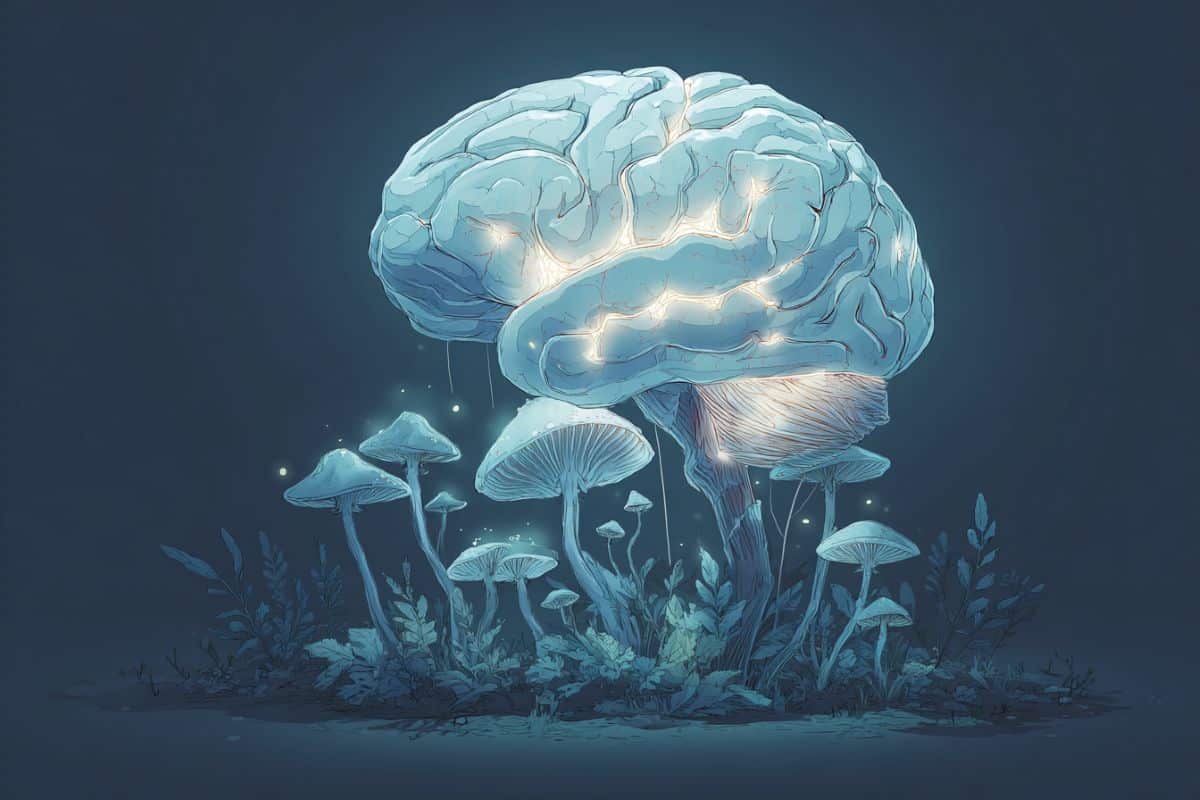

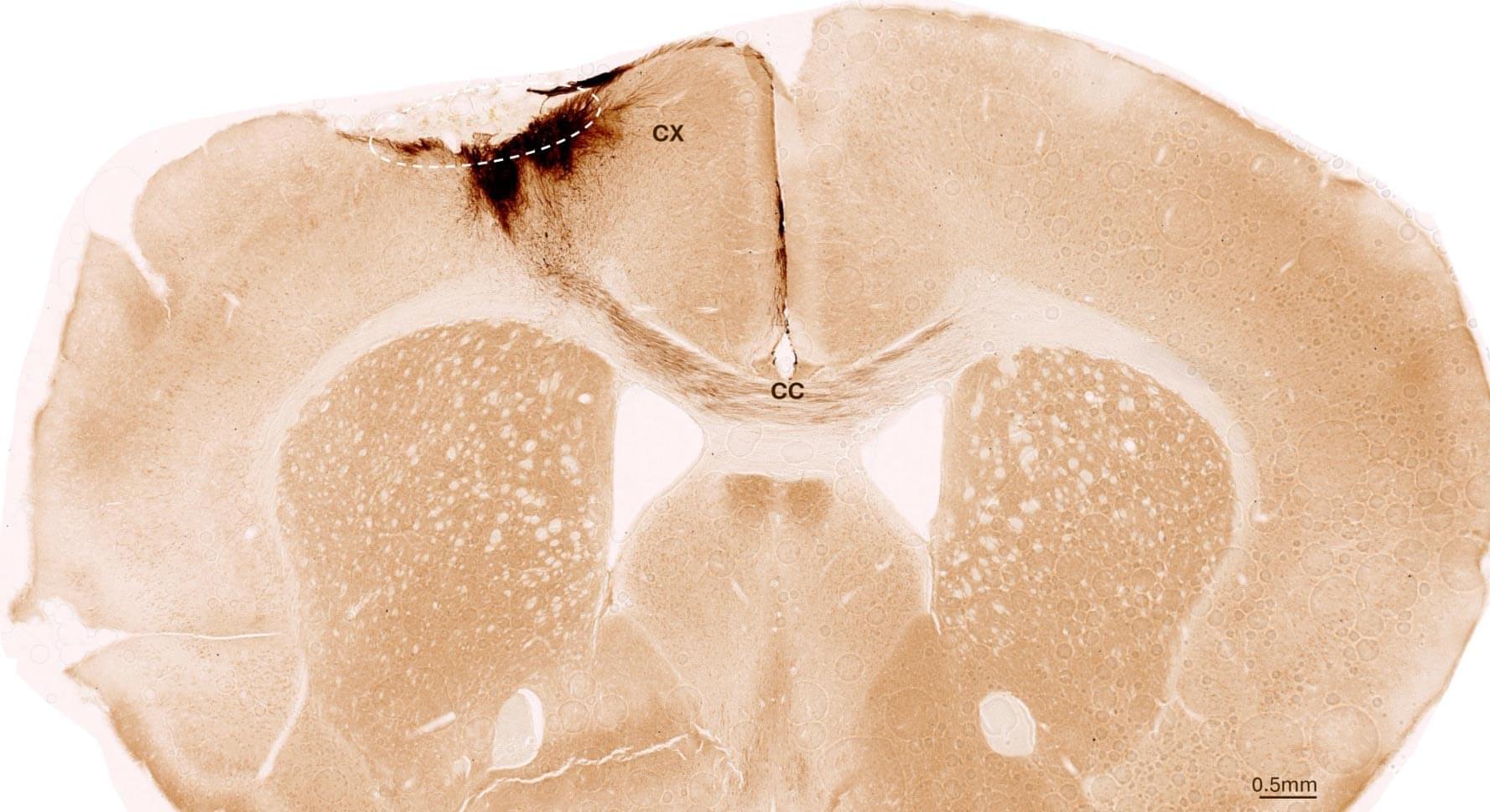
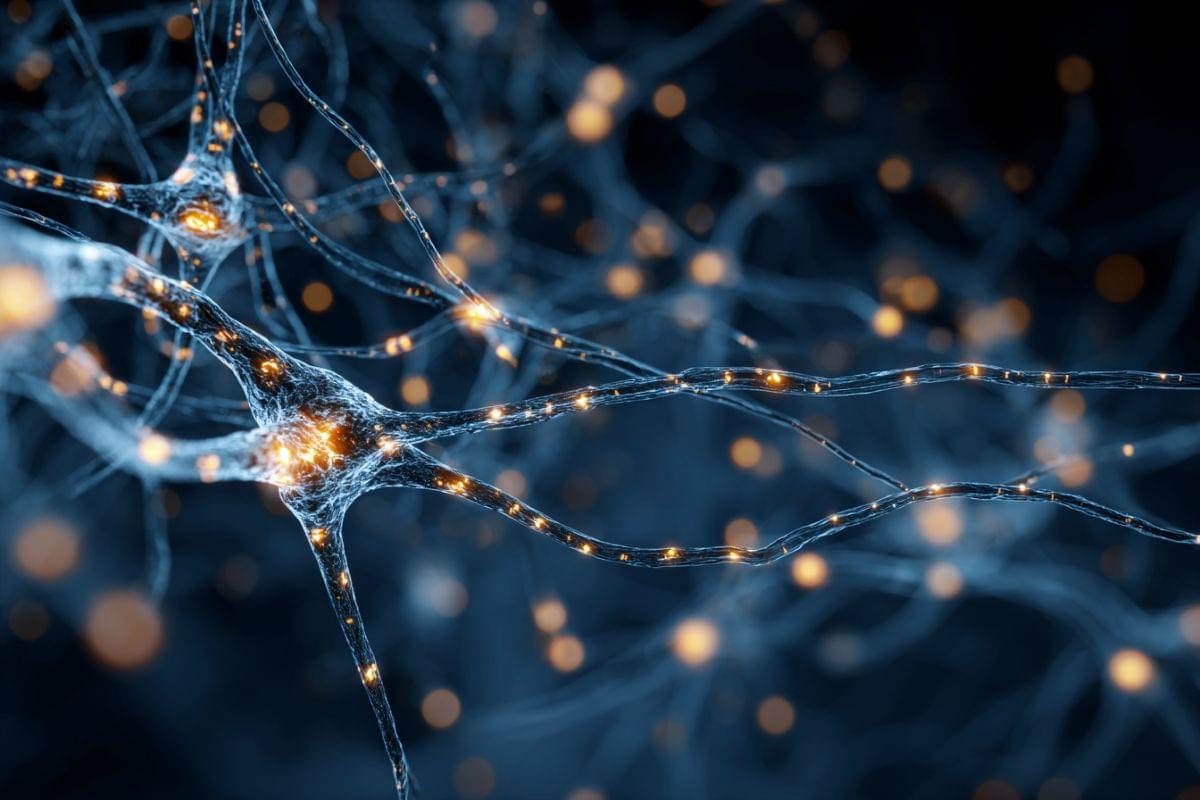

Autism spectrum disorder (ASD) is a neurodevelopmental disorder that is estimated to be experienced by roughly 1 in 127 people worldwide. It is characterized by atypical patterns in brain development, which manifest in differences in communication, social interactions, behavior and responses to sensory information.
Past neuroscientific and genetic studies suggest that a variety of factors contribute to the development of ASD. These can include genetic factors, chemical alterations that influence the expressions of genes (i.e., epigenetic factors), differences in the structure of specific brain regions or neural circuits, and environmental factors, such as early life events or infections or immune responses during pregnancy.
Researchers at the Korea Brain Research Institute and University of Fukui in Japan recently carried out a study aimed at further exploring these different dimensions of ASD, focusing on brain structure, the communication between brain regions, epigenetic changes and behavioral patterns. Their findings, published in Translational Psychiatry, paint a clearer picture of the intricate underpinnings of the disorder and could inform the development of more precise tools for diagnosing it.

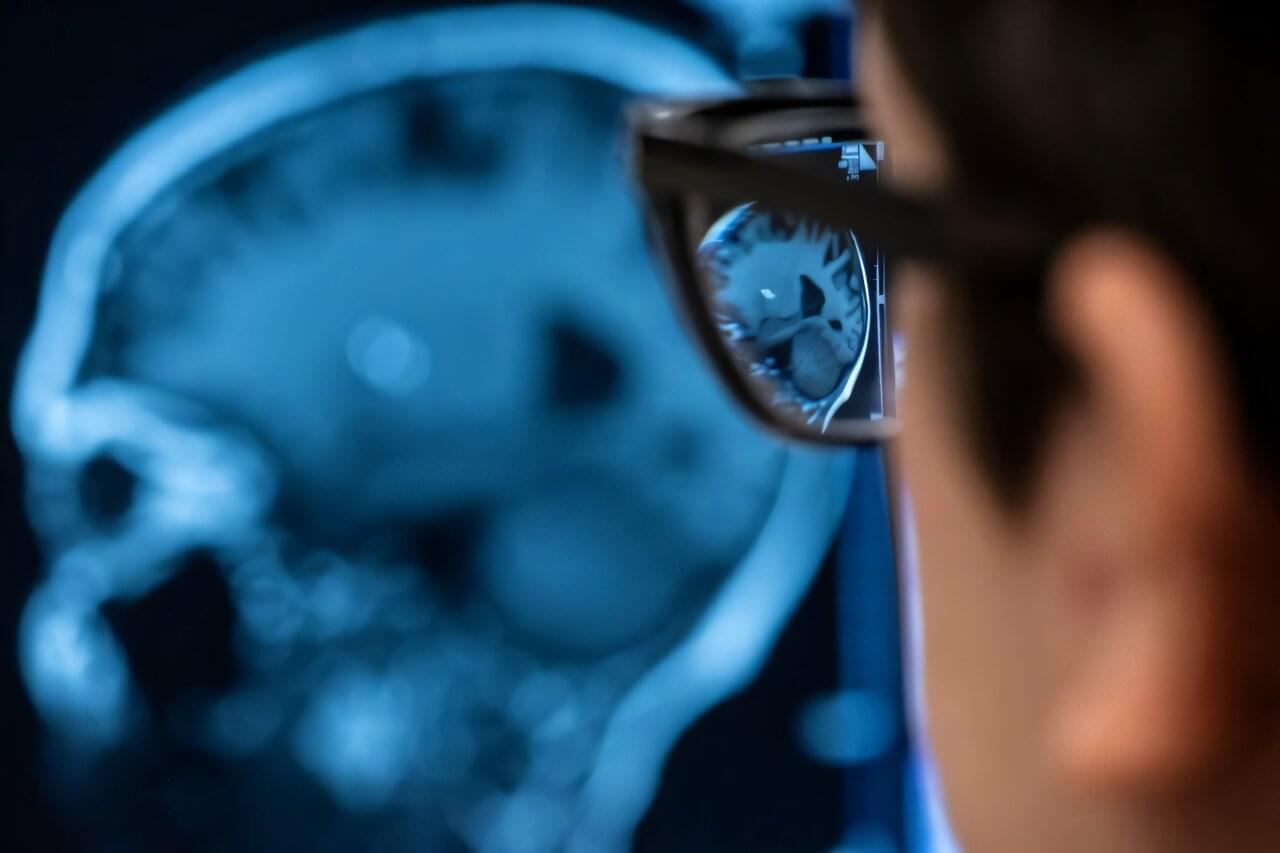
A new study led by University of California, Irvine’s Center for the Neurobiology of Learning and Memory researchers found that aging changes the brain’s overall shape in measurable ways. Instead of focusing only on the size of specific regions, the team used a new analytic method to see how the brain’s form shifts and distorts over time.
The analysis revealed substantial alterations in brain shape, which were closely associated with declines in memory, reasoning and other cognitive functions. This suggests that the shape of the brain can serve as a reliable indicator of its overall health. The study appears in Nature Communications.
“Most studies of brain aging focus on how much tissue is lost in different regions,” said Niels Janssen, Ph.D., senior author and professor at Universidad de La Laguna in Spain and visiting faculty at the CNLM. “What we found is that the overall shape of the brain shifts in systematic ways, and those shifts are closely tied to whether someone shows cognitive impairment.”

Autism should not be viewed as a single condition with a unified underlying cause, according to scientists who found that those diagnosed early in childhood typically have a distinct genetic profile to those diagnosed later.
The international study, based on genetic data from more than 45,000 autistic people in Europe and the US, showed that those diagnosed in early childhood, typically before six years old, were more likely to show behavioural difficulties from early childhood, including problems with social interaction, but remain stable.
Those diagnosed with autism later, typically after the age of 10, were more likely to experience increasing social and behavioural difficulties during adolescence and also had an increased likelihood of mental health conditions such as depression.

Researchers find different genetic profiles related to two trajectories that autistic children tend to follow. One is linked to early diagnosis and communication difficulties in infancy. The other is linked to later diagnosis, increased social and behavioral difficulties in adolescence, and higher rates of conditions like ADHD, depression, and PTSD.
An international study led by researchers at the University of Cambridge has discovered that autism diagnosed in early childhood has a different genetic and developmental profile than that of autism diagnosed from late childhood onwards.
The scientists say that the findings challenge the long-held assumption that autism is a single condition with a unified underlying cause.
This is one of the Royal Institute of Philosophy’s 15-minute Philosophy Briefings, a series in which eminent philosophers provide their own view of a key philosophical topic, in straightforward and accessible language.
Each one is designed to be a resource for anyone who wants to know more about these questions, whether you are covering them at A-level, teaching them at A-level, studying Philosophy at university, or are simply curious to know more.
David Chalmers, Professor of Philosophy and Neural Science at New York University and co-director of NYU’s Center for Mind, Brain, and Consciousness, looks at whether there exist philosophical zombies.
